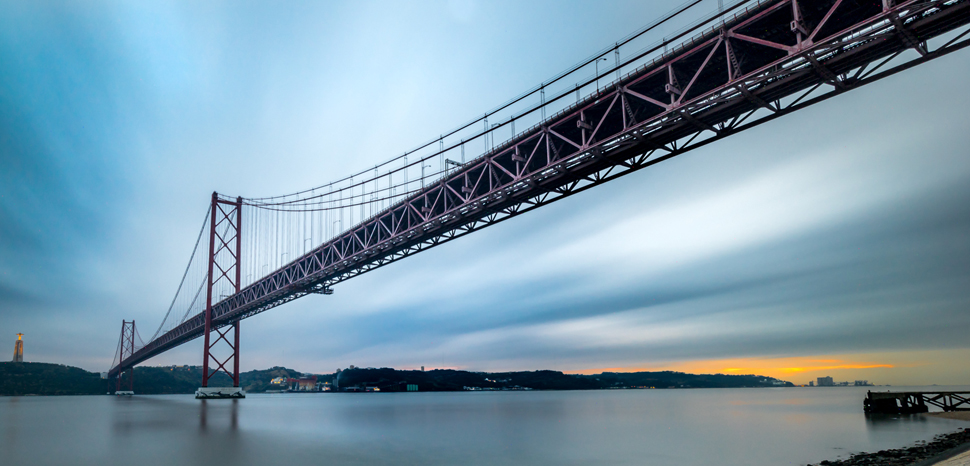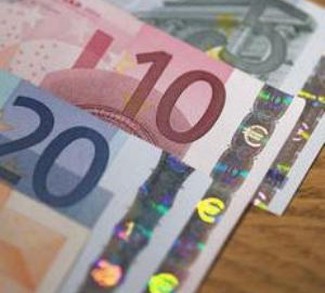There was a moment of respite for the Eurozone economy a fortnight ago when data showed higher than anticipated GDP growth for Q1. Spain led the way (0.7%) as it had done in 2018 (2.5%), shaking off political uncertainties ahead of domestic elections.
Look beyond the optimism and EU-wide uncertainties remain unanswered: debt, unemployment, eventual interest rate normalisation, lack of demand, late market cycles, cooling global growth, populism, and a piggy-in-the-middle position between China and America’s trade war leaves a herd of elephants in the room.
Let’s be clear, Europe’s recent economic history is deeply worrying when one considers that debt-fuelled consumption led to the 2008 financial crisis; once vital QE is just pushing equities to questionable price-to-earnings multiples that are breaking the rules of investment strategies; and the legacy of the sovereign debt crises has been to paralyse countries from spending money that advances real economies.
A change is needed for Europe to lead the global economy, not be spoon fed by it.
To top it off, Europe is suffering a monumental lack of positivity with analysts, economists, and institutions alike, all talking it down. As OECD chief economist, Laurence Boone, recently commented: “Growth in Europe has been particularly disappointing, as trade growth both within the EU and with external partners has stalled.” Meanwhile, Aline Schuiling, senior economist at ABN AMRO was quick to say that Q1 growth won’t last: “We expect growth to slow down again in Q2, as private consumption growth should weaken while exports and investment are expected to remain sluggish on the back of still lacklustre world trade growth.”
A change is needed for Europe to lead the global economy, not be spoon fed by it. And where downturns, protectionism, and recessions occur elsewhere, those headwinds shouldn’t derail EU economies and sectors, many of whom find themselves needing investment from sovereign wealth funds and desperate to be leading outposts for China’s – not Europe’s – Belt & Road Initiative.
Furthermore, as inter-EU trade declines stock markets soar, and millions remain without work, increasingly voting for economic renewal from whoever promises the most – Salvini, Di Maio, and Macron were all elected on high expectations for opportunity and growth.
The next growth button
If you believe Axel Weber, UBS Chairman, then Europe is running out of economic policy options – it isn’t. However, averting slowdowns from becoming recessions at individual state and EU levels requires new approaches.
Monetary taps are being loosened, with Germany, France, and Italy implementing stimulus programmes of 0.4% of national income, although that equates to a mere €17bn (2018 GDP figures) in Germany’s case. Meanwhile the ECB has halted further QE (€2.6tn) because the ECB has become less effective and relevant for growth, and it knows it.
What the EU needs is a massive economic plan with infrastructure and internationalisation at its core, alongside what fund manager Ray Dalio says is the inevitable spread of Modern Monetary Theory i.e. tax and spend policies in place of a fixation on rates. The EU has already identified that state-of-the-art infrastructure is essential for achieving growth, and yet data from the European Investment Bank (EIB) explains that investment is 20% below pre-crisis levels – what is the hold up?
Perhaps Christopher Heathcote, former CEO of Global Infrastructure Hub, explains it best: “The right infrastructure, efficiently procured, undoubtedly drives growth and pays for itself, the challenges are setting economically sound priorities and driving out corruption.”
That hasn’t stopped the EIB from playing its part, pumping €12bn per annum into projects like Venice’s airport. And although, the European Commission and EIB have identified €700bn of infrastructure projects, referred to as TEN-T core network corridors that will improve connectivity once completed in 2030, that’s too little investment over too long a duration.
Look deeper and bridges and railways are only part of a story that must also include digital infrastructure, healthcare, renewable energy, recycling, EV stations, the experience economy, aquaculture, rural development, and infrastructure for smart cities – building the Europe of tomorrow.
Look deeper and bridges and railways are only part of a story that must also include digital infrastructure, healthcare, renewable energy, recycling, EV stations, the experience economy, aquaculture, rural development, and infrastructure for smart cities – building the Europe of tomorrow. If Europe is to achieve growth and wealth distribution – or just stop itself being left behind by Asia and America – then trillions much be spent.
The positives are undeniable as infrastructure stimulates not just where it’s invested and the jobs it creates; it puts real money into peoples’ pockets. Money that will counteract weak performance by increasing aggregate demand – give people more money so they invest and spend it; build a truly circular economy and get it back again.
With growth taps on, infrastructure investments will boost trade relations abroad, forging joint ventures and encouraging partnerships between EU businesses to deliver things like 5G, and further entice businesses from Canada, America, and Japan et al who have been unsure about entering or expanding in Europe’s sluggish market, to rethink their strategies and expand under a revitalised EU economy.
Setting out a revitalised commercial stall that’s ultramodern and led by infrastructure and business activity is also necessary because investors and companies are gravitating towards the underdeveloped aspirations of young populations and emerging middle classes in Asia.
Contrastingly, Europe’s middle class growth engine has plateaued according to data presented in a Brooking’s article entitled Is There a Middle-Class Crisis in Europe? Similarly, the World Bank report Toward a New Social Contract identifies how the middle class is increasingly vulnerable to global forces, and is only worsened by the fact that “labor’s share of total income has been declining, and given the accumulation of capital wealth in the hands of a minority, incomes are concentrating at the top of the distribution.”
Importantly, deep-pocketed infrastructure spending will see a middle class resurgence owing to earnings, and because architects, lawyers, engineers, managers, and accountants will deliver all those projects.
Building on a grand scale will also boost commodity prices as Europe implements circular economy projects and improves supply chains for the steel, copper, and rare earths both within EU internal trade and in emerging markets as well – a European Belt & Road.
Ultimately, it is time to press the growth button marked ‘Infrastructure’ as the next policy option in the box, although not the last. Doing so will form part of a fundamental shift both centrally and at member state levels that, hitherto, will deliver an exciting and positive economic vision to build, quite literally, economic growth that competes on multiple levels with China and the USA, better integrates Europe, and unlocks economic potential alongside a more sustainable economy.
The views expressed in this article are those of the authors alone and do not necessarily reflect those of Geopoliticalmonitor.com or any institutions with which the authors are associated.




